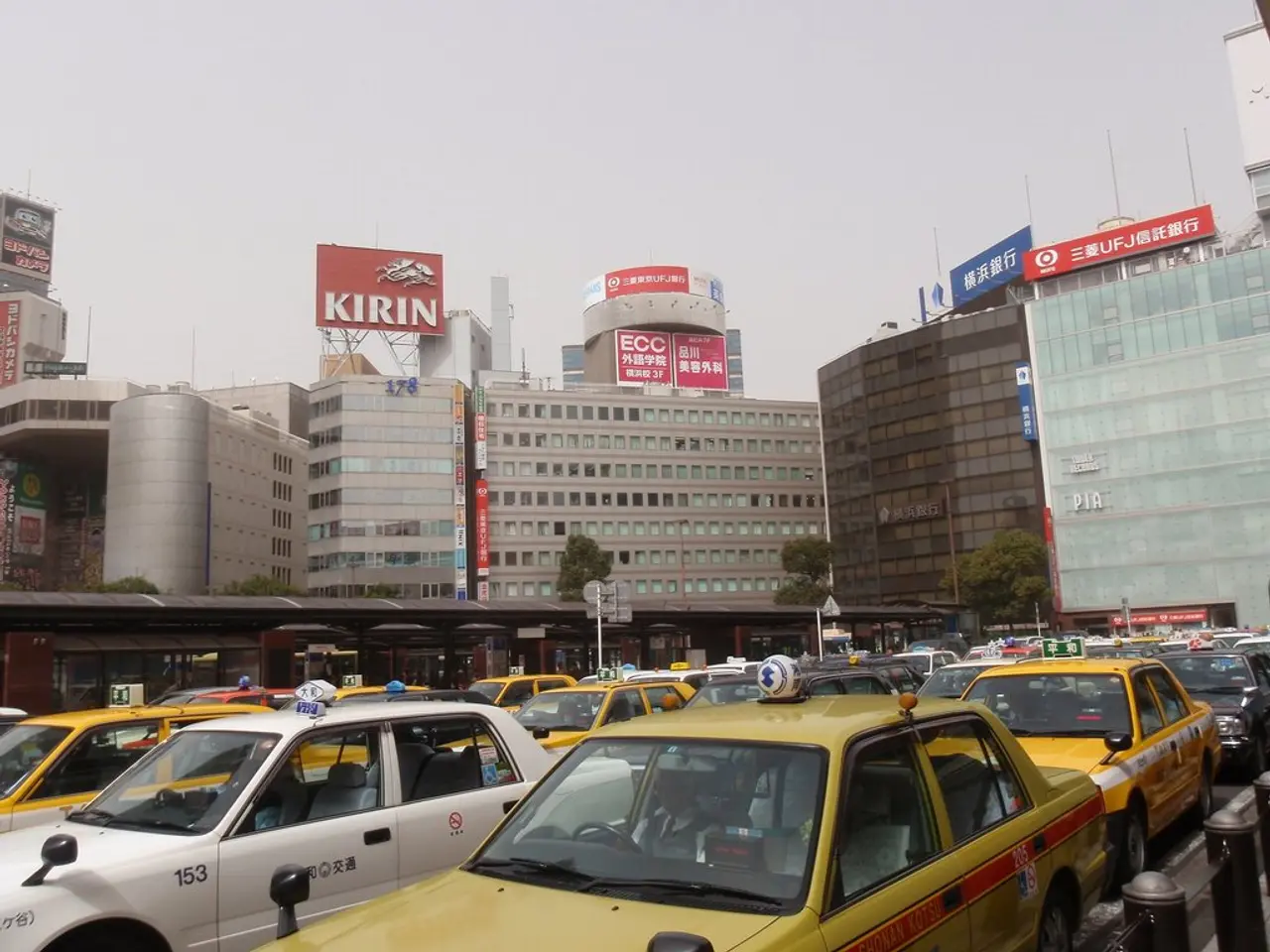Comprehensive Instructions for Novice Farmers in India on How to Start Mango Cultivation
Starting a Successful Mango Farm in India: A Comprehensive Guide
Mango farming in India, the world's largest mango producer, can be a lucrative venture for first-time farmers. Here's a step-by-step guide to help you establish and run a thriving mango farm.
Step 1: Site Selection
Choose a site with a tropical or subtropical climate and well-drained soil with a pH ranging from 5.5 to 7.5. Ensure easy access for labor and transportation, and a steady water supply for irrigation.
Step 2: Variety Selection
Popular mango varieties in India include 'Alphonso', 'Kesar', and 'Sindhura'. Grafting is preferred over seed for consistency in quality and yield. Purchase grafts from reputable nurseries.
Step 3: Land Preparation
Soil testing is essential to determine pH and nutrient levels. Clear the land of debris and weeds, plow to a depth of about 30 cm, and level the land to facilitate irrigation and reduce erosion.
Step 4: Planting Techniques
Plant mango trees during the monsoon season when the soil is moist. Plant trees about 10 to 15 meters apart to allow for good air circulation and sunlight penetration. Plant the graft joint above the soil level to prevent rot.
Step 5: Fertilization
Apply a balanced fertilizer (10:10:10 NPK) at planting time. Use organic manures like compost or green manure along with inorganic fertilizers based on soil test recommendations.
Step 6: Pruning
Pruning annually after harvesting maintains the shape of the tree and promotes fruiting. Remove dead or diseased branches and thin out the canopy to allow sunlight penetration.
Step 7: Pest and Disease Management
Monitor for common pests like fruit flies, mealybugs, and scales, and diseases like powdery mildew, anthracnose, and root rot. Use integrated pest management techniques for effective control.
Step 8: Harvesting
Mangoes are ready to harvest about 150 to 200 days after flowering. Harvest mature mangoes gently to avoid bruising.
Step 9: Marketing Strategies
Sell directly to consumers through farm stands or local markets. Sell to wholesalers who distribute to larger markets. Consider making value-added products like mango jam, chutney, or dried mango to increase revenue.
By following these steps, adapting to local conditions, and implementing effective marketing strategies, first-time farmers can successfully establish and run a mango farm in India.
- Properly prepared land is crucial for the healthy growth of mango trees and high-quality fruit production.
- Routine soil testing helps identify nutrient deficiencies and guide targeted fertilization.
- Mango trees thrive on soils that range from slightly acidic to neutral (pH 6-7).
- Dead, damaged, or diseased branches should be removed regularly.
- Effective pest and disease management is crucial for keeping mango trees healthy and producing high-quality fruit.
- Wholesale opportunities can be explored by establishing connections with restaurants, juice manufacturers, and food processors.
- Offering value-added products can increase revenue and diversify income streams.
- Training the tree to have only one stem or a strong central leader can improve its structure.
- The weather conditions in the area where the farm is situated should be considered, as mango trees need a warm environment with temperatures between 24°C and 30°C and a clear dry season.
- Social media platforms can be used to showcase your farm's unique mango varieties, share seasonal promotions, and build a loyal customer base.
- Organic fertilizers can boost soil fertility and structure.
- Micronutrients like magnesium, boron, and zinc are essential for fruit development.
- Popular types of mangoes in India include Alphonso, Kesar, Himsagar, and Langra, each with its own market and growth needs.
- Fertilization and nutrient management are crucial for healthy mango tree growth and high-quality fruit production.
- A solid marketing plan, including both local and online sales channels, can help successfully market your mangoes and grow your farm's profitability.
- Mangoes typically start bearing fruit 3-4 years after planting, depending on the variety.
- Pruning helps maintain the shape of the tree, promotes healthy growth, and boosts fruit yield.
- Common pests and diseases can harm mangoes, while safe water sources are necessary for dry periods.
- The success of a mango farm depends on picking the right type of mango, with factors such as climate, soil type, and market demand influencing the selection.
- Mango trees require well-drained soil, plenty of sunlight, and enough space to grow healthily.
- Planting mango trees requires careful planning, including selecting superior seedlings, ensuring the planting location has enough sunlight, rich soil, and good drainage, and using grafted saplings for faster growth and disease resistance.
- Implementing proper land preparation ensures a healthy growth environment for mango trees and high-quality fruit production.
- Frequent soil testing helps to identify nutrient deficiencies and guides targeted fertilization for optimal mango tree growth and fruit production.




